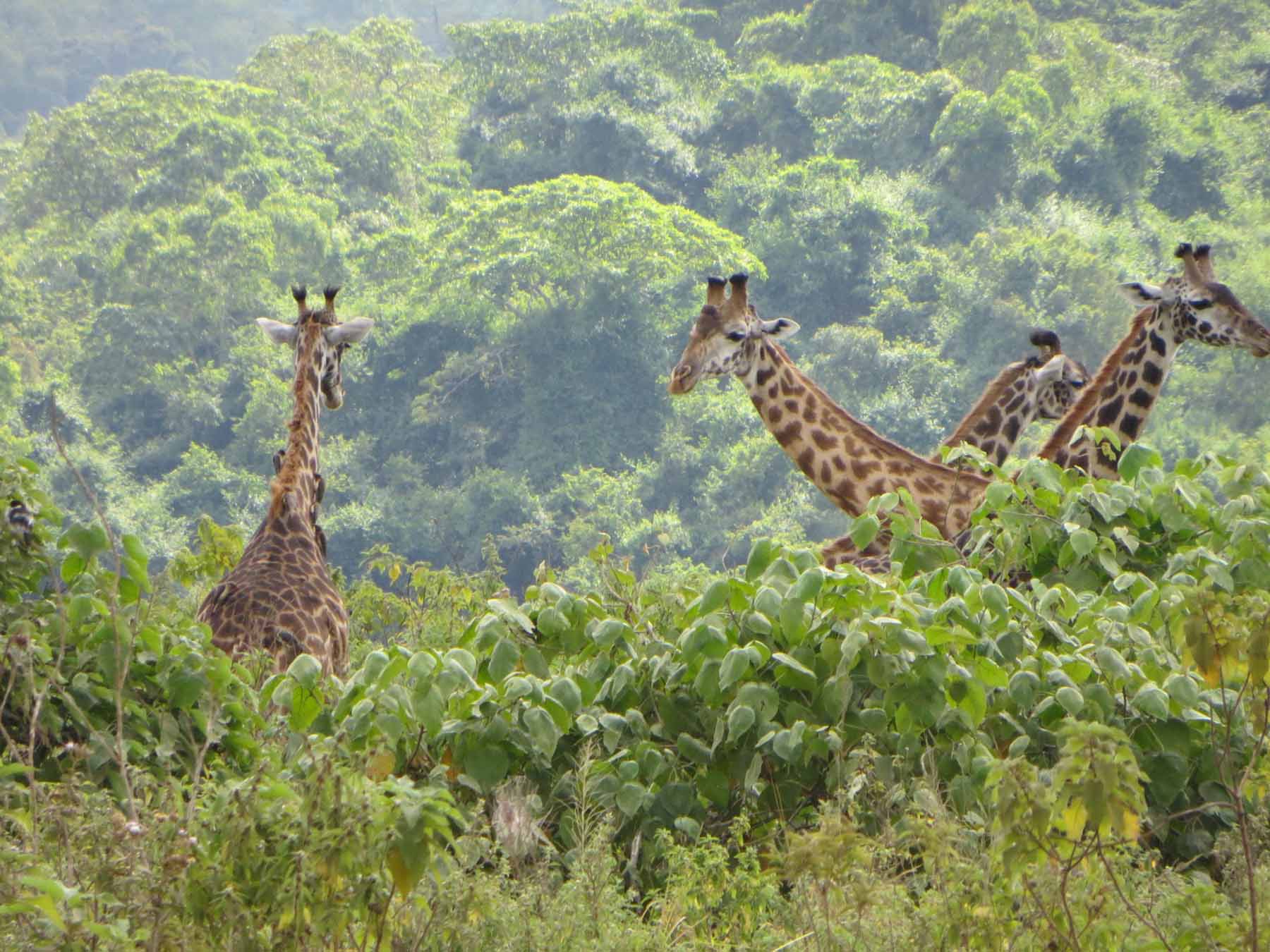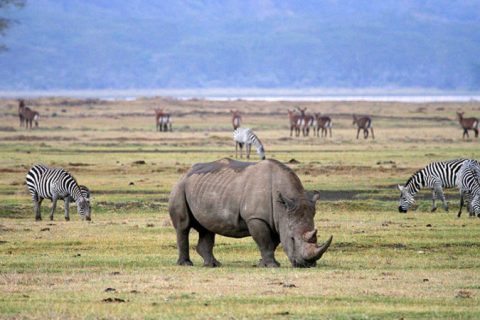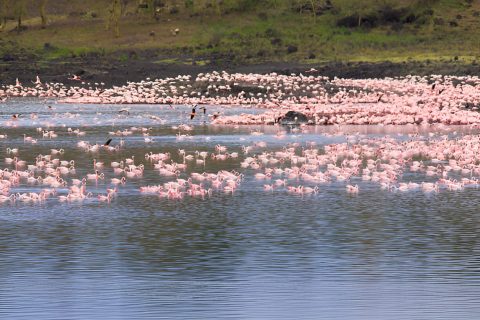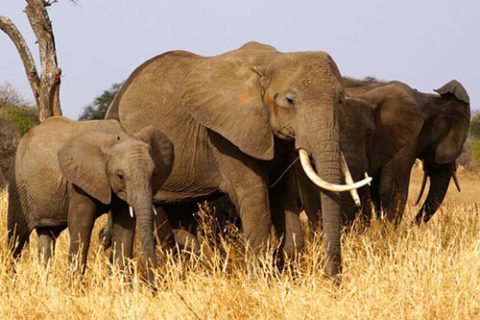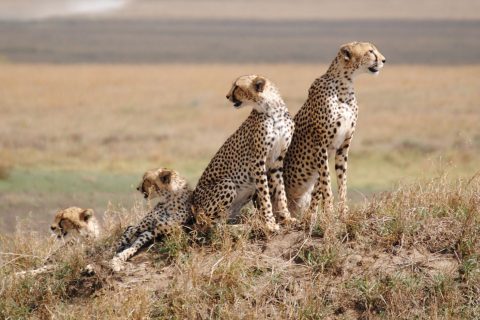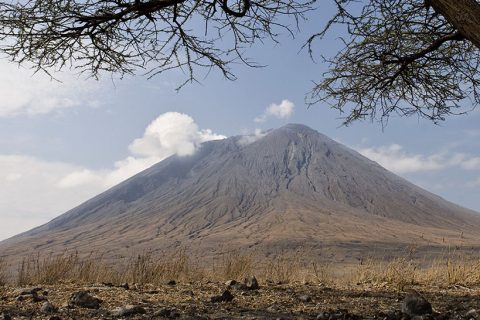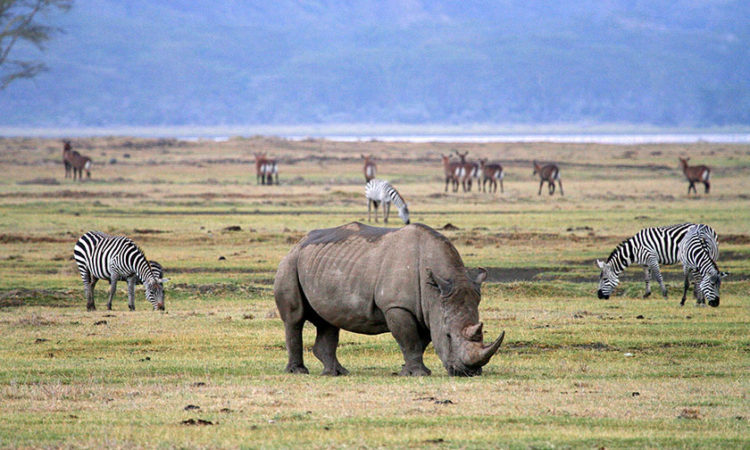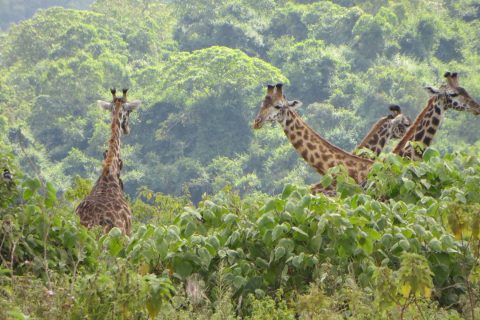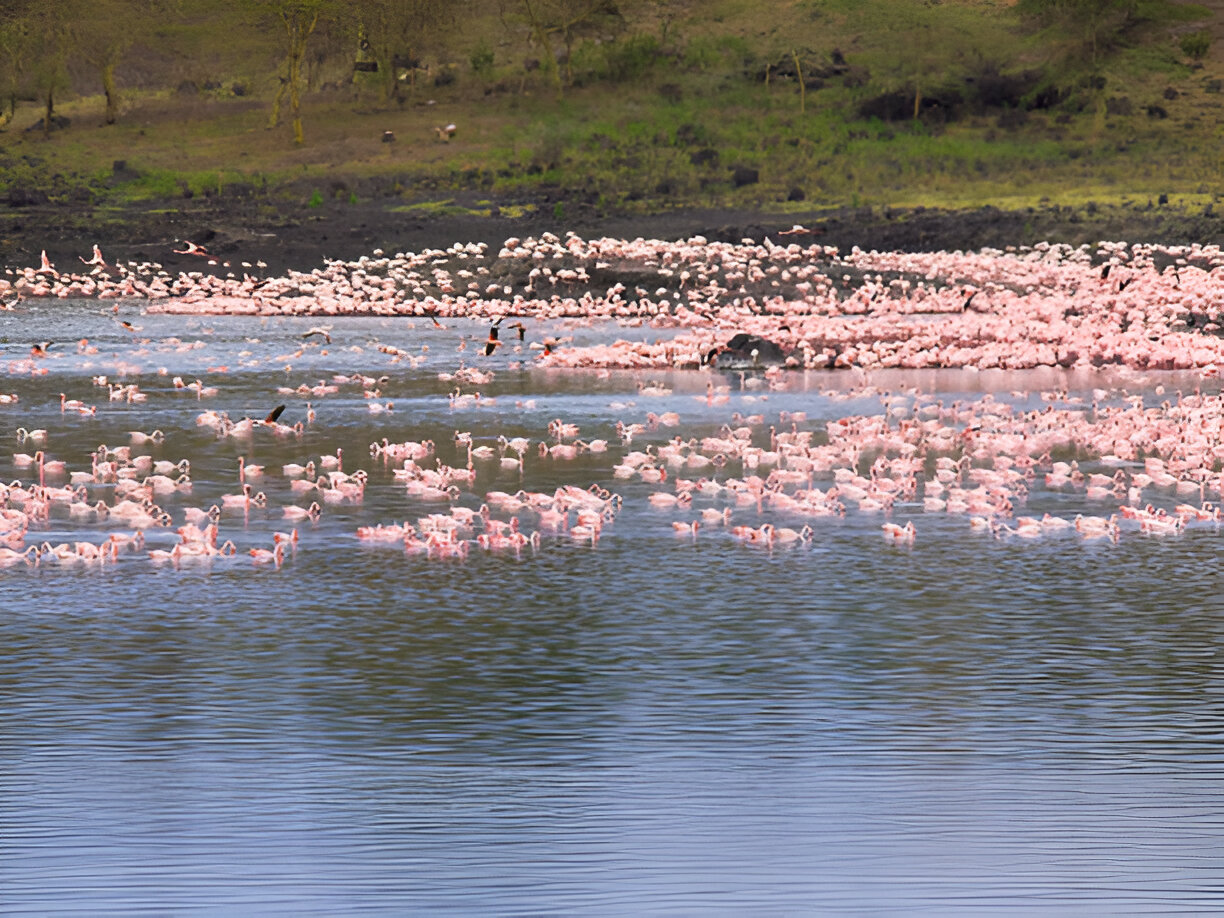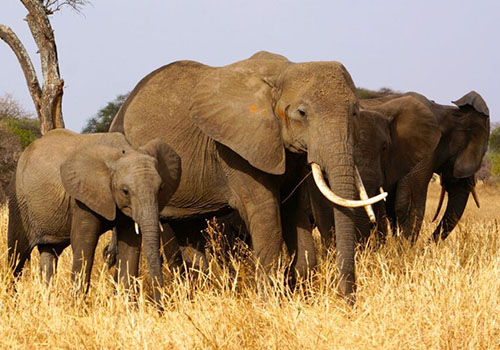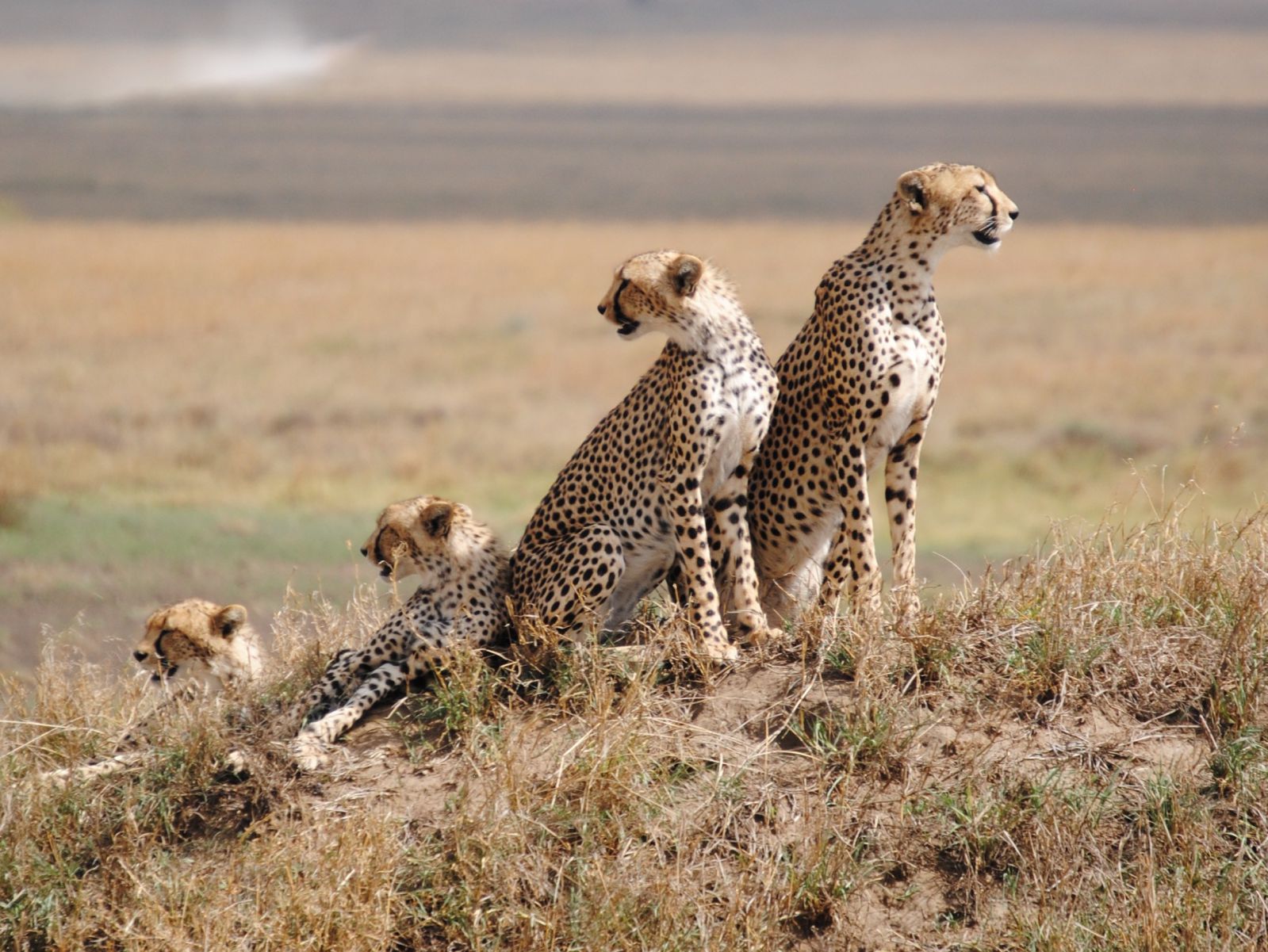Arusha National Park
Just a short drive from Arusha town, Arusha National Park is a compact but captivating wildlife haven. Often overlooked for larger parks like Serengeti or Tarangire, this scenic treasure surprises visitors with its rich landscapes, diverse habitats, and peaceful atmosphere. It’s the perfect introduction to Tanzania’s natural wonders, especially for those with limited time.
Nestled at the base of Mount Meru, the park is a mosaic of montane forest, savannah, crater lakes, and alpine peaks. Its proximity to Kilimanjaro International Airport makes it an ideal first or last stop on your safari journey.
Park Highlights
Walking Safaris – One of the few parks in northern Tanzania where you can explore on foot with an armed ranger.
Mount Meru – A rewarding trekking destination and Africa’s fifth-highest peak, offering stunning views of Kilimanjaro.
Colobus Monkeys – Easily spotted swinging through the thick forest canopy.
Momella Lakes – Shallow alkaline lakes known for large flocks of flamingos and a variety of waterbirds.
Open Grasslands & Ngurdoto Crater – Home to buffaloes, zebras, giraffes, warthogs, and bushbucks, often seen on game drives.
Best Time to Visit Arusha National Park
June to October (Dry Season): Excellent visibility and wildlife spotting, especially during walks and canoeing.
November to May (Green Season): Lush landscapes, fewer visitors, and exceptional birdwatching around the lakes.
Whether you’re seeking a peaceful pre-safari escape or a scenic day trip near town, Arusha National Park delivers with charm and diversity. It’s a place where you can walk with giraffes, listen to the forest sing, and marvel at Tanzania’s quieter side — all in just one day.

